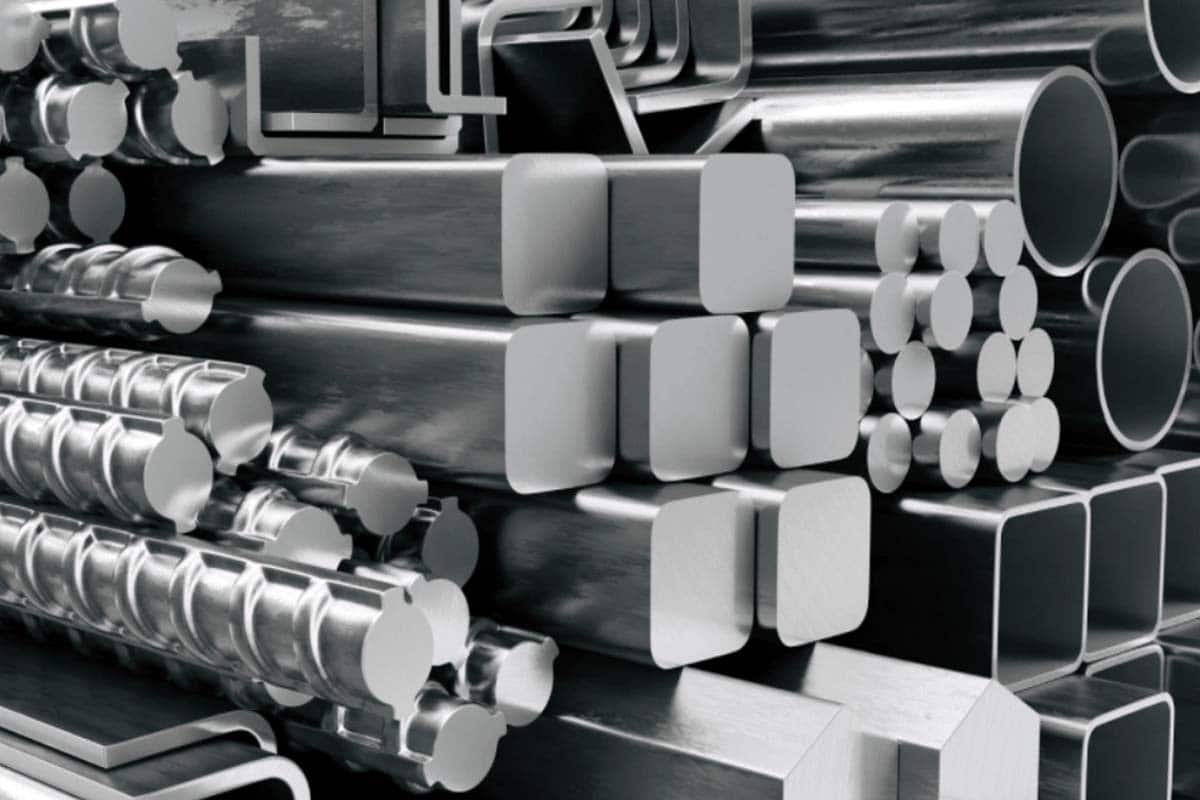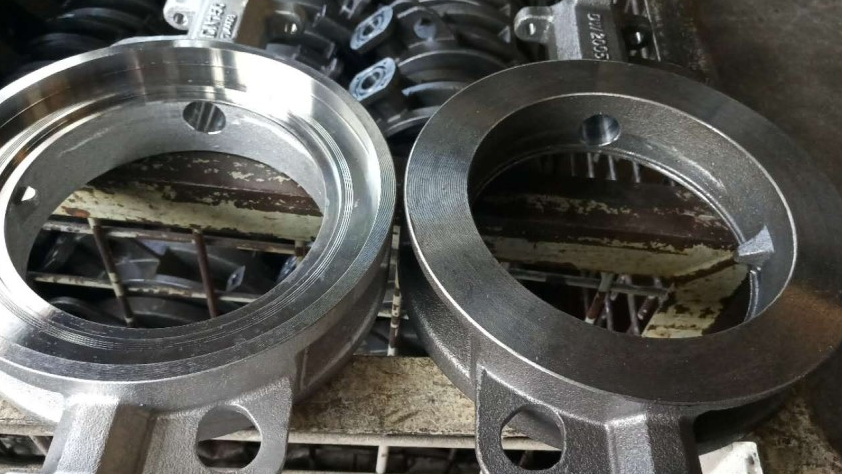With Technological Advancements, the Advantages of Cast Steel Will Expand, But Is There Still a Need for Cast Iron?
2025-01-09 16:29:20 hits:0

With the continuous advancement of technology, cast steel is becoming increasingly popular in manufacturing, especially due to its significant advantages in strength, high-temperature resistance, and corrosion resistance. At the same time, while cast iron still holds an important position in some traditional sectors, many wonder whether cast iron still has a necessary role to play as cast steel technology evolves. What are the advantages of cast steel and cast iron? Is cast iron’s position in modern manufacturing under threat? This article will explore these questions in depth.
I. Basic Differences Between Cast Steel and Cast Iron
The primary differences between cast steel and cast iron lie in their chemical composition, mechanical properties, and production processes.
- Cast Steel: Cast steel is an iron-carbon alloy with a relatively low carbon content (typically between 0.2% and 2%) and can be enhanced by adding alloying elements such as manganese, chromium, and nickel. Cast steel materials typically offer higher strength, toughness, and ductility.
- Cast Iron: Cast iron refers to iron-carbon alloys with higher carbon content (typically between 2% and 4%). Cast iron is characterized by its hardness and good fluidity but tends to be more brittle, making it unsuitable for applications requiring high impact resistance or deformation.
II. Advantages of Cast Steel
1.Higher Strength and Toughness Due to its lower carbon content and alloy composition, cast steel offers better strength and toughness. In applications requiring high-impact loads or excellent resistance to deformation, cast steel demonstrates clear advantages. For example, cast steel is commonly used in automotive, machinery, and construction industries.
2.Better Machinability Cast steel is easier to machine compared to cast iron. Its toughness makes it suitable for precision machining, which is essential for producing high-precision components in industries like automotive manufacturing, aerospace, and industrial equipment.
3.Stronger Corrosion Resistance Cast steel can be alloyed to achieve better corrosion resistance, particularly in environments that require resistance to high temperatures and corrosion, such as chemical industries and high-temperature working conditions.
4.High Versatility Cast steel can be alloyed with various elements to meet different performance requirements, making it highly versatile. From automotive engine parts to industrial equipment, cast steel is widely applicable in numerous sectors.
III. Advantages of Cast Iron
Despite the many benefits of cast steel, cast iron still holds a significant place in certain industries, primarily due to the following advantages:
1.Lower Cost The raw materials for cast iron are relatively inexpensive, and its production process is mature and cost-effective, especially in large-scale manufacturing. As a result, cast iron remains popular in applications where cost is a critical factor.
2.Good Castability Cast iron has excellent casting properties, especially in the production of complex-shaped castings. Its good fluidity allows it to fill molds more easily, making it advantageous for industries that require intricate shapes in their components.
3.Excellent Wear Resistance Cast iron, particularly high-carbon cast iron and ductile iron, offers exceptional wear resistance. Many mechanical components, such as machine tool beds, brake discs, and other friction parts, still extensively use cast iron due to its durability.
4.Low Thermal Expansion Coefficient Cast iron has a relatively low thermal expansion coefficient, which helps maintain dimensional stability and prevents excessive deformation under high temperatures. It is often used in applications where thermal stability and precision are essential.
IV. Market Competition Between Cast Steel and Cast Iron
With the continuous advancement of technology, the applications of cast steel have gradually replaced cast iron in many sectors, especially those requiring high performance, such as the automotive, aerospace, and energy industries. However, cast iron has not been completely phased out and still holds a strong market share, especially where cost control and mass production are concerned.
1.High-Performance Demands For applications that require high strength, toughness, corrosion resistance, and high-temperature resistance, cast steel is undoubtedly the preferred material. For instance, in the modern automotive industry, cast steel is commonly used in engine parts, transmission housings, chassis, and other components.
2.Low-Cost Demands For applications where low cost is critical, especially in traditional machinery, construction, and infrastructure, cast iron still holds advantages. For example, cast iron is still widely used in products such as manhole covers, boiler shells, and bridge structures.
3.Environmental and Resource Efficiency Modern advancements in cast steel production technology and materials have enhanced its environmental performance and resource efficiency. For example, by precisely controlling the addition of alloying elements, cast steel production can better manage waste and reduce emissions, making it more eco-friendly.

V. Conclusion
With technological advancements, the advantages of cast steel are indeed expanding. In applications requiring high strength, toughness, and resistance to high temperatures and corrosion, cast steel has progressively replaced cast iron. However, cast iron still plays a crucial role in certain sectors, particularly where cost is a major factor or for specific casting processes.
Overall, cast steel and cast iron are not mutually exclusive materials; instead, they each have unique advantages in different applications. In the future, as material technologies continue to innovate, the scope of cast steel’s applications may expand further, but the need for cast iron will remain, especially in traditional and low-cost casting sectors.

 en
en  fra
fra  de
de  ru
ru  ara
ara  gle
gle  it
it  jp
jp  kor
kor  th
th  zh
zh 


